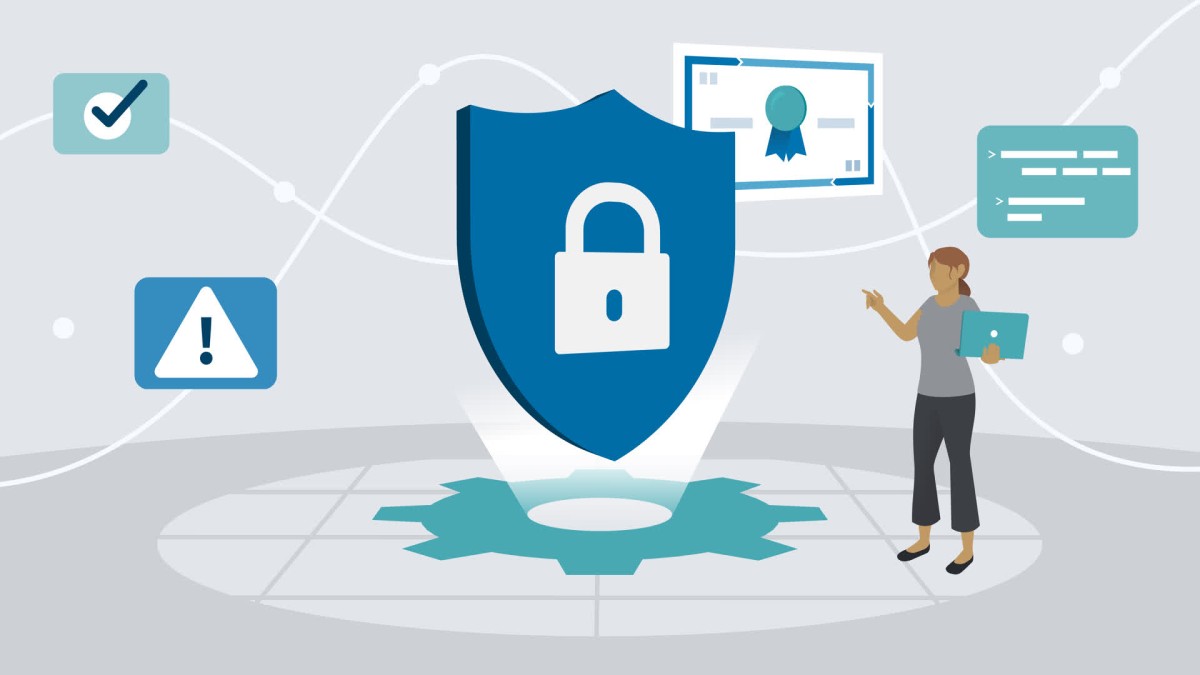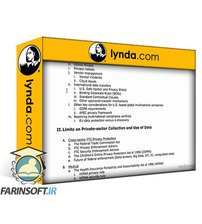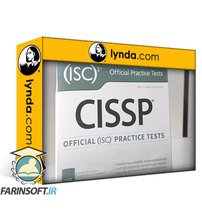در حال حاضر محصولی در سبد خرید شما وجود ندارد.

In this course, instructor and cybersecurity expert Mike Chapple covers the entire set of information you need to know as you prepare for the ISC2 Certified Information Systems Security Professional (CISSP) certification. The CISSP is one of the most in-demand certifications for security professionals. Learn about security and risk management and asset security. Explore security architecture and engineering. Learn about communication and network security, as well as identity and access management (IAM). Go over security assessment, testing, and operations. Plus, gain valuable insights into software development security. This course gets your preparations for the CISSP exam off to a great start.
This course was created by Mike Chapple. We are pleased to host this training in our library.
در این روش نیاز به افزودن محصول به سبد خرید و تکمیل اطلاعات نیست و شما پس از وارد کردن ایمیل خود و طی کردن مراحل پرداخت لینک های دریافت محصولات را در ایمیل خود دریافت خواهید کرد.

-Cert-Prep--3-Cryptography-Design-and-Implementation-main-resized.jpg)
فیلم یادگیری CompTIA Security+ (SY0-601) Cert Prep: 3 Cryptography Design and Implementation

Exploring Tor and the Dark Web

فیلم یادگیری CIPP/US Cert Prep: The Basics

دوره یادگیری CISM Cert Prep: The Basics
-Cert-Prep--The-Basics-main-resized.jpg)
آموزش کامل مباحث CompTIA CySA+ (CS0-002)

کورس یادگیری مدرک بین المللی CIPP/US Cert Prep: 5 State Privacy Laws

کورس یادگیری کامل CIPP/US Cert Prep: The Basics

فیلم یادگیری CISSP Cert Prep: 3 Security Architecture and Engineering

Insights from a Cybersecurity Professional

CIPP/US Cert Prep: 2 Private Sector Privacy
✨ تا ۷۰% تخفیف با شارژ کیف پول 🎁
مشاهده پلن ها